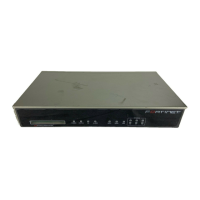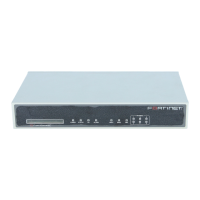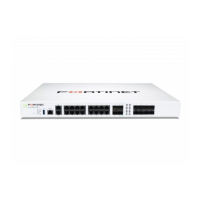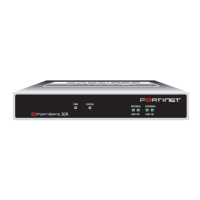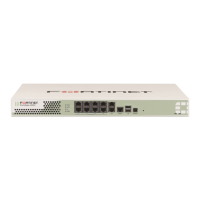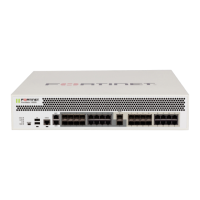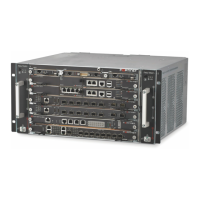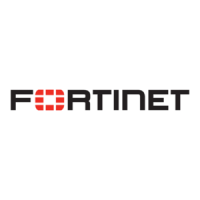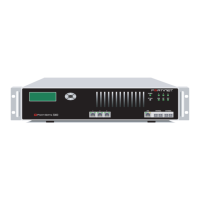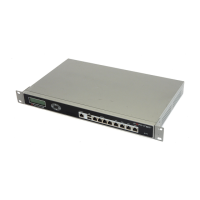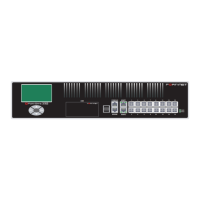FortiGate-800 Installation and Configuration Guide Version 2.50
FortiGate-800 Installation and Configuration Guide 279
Antivirus protection
You can enable antivirus protection in firewall policies. You can select a content profile
that controls how the antivirus protection behaves. Content profiles control the type of
traffic protected (HTTP, FTP, IMAP, POP3, SMTP), the type of antivirus protection and
the treatment of fragmented email and oversized files or email.
This chapter describes:
• General configuration steps
• Antivirus scanning
• File blocking
• Quarantine
• Blocking oversized files and emails
• Exempting fragmented email from blocking
• Viewing the virus list
General configuration steps
Configuring antivirus protection involves the following general steps.
1 Select antivirus protection options in a new or existing content profile. See “Adding
content profiles” on page 219.
2 Select the Anti-Virus & Web filter option in firewall policies that allow web (HTTP),
FTP, and email (IMAP, POP3, and SMTP) connections through the FortiGate unit.
Select a content profile that provides the antivirus protection options that you want to
apply to a policy. See “Adding content profiles to policies” on page 221.
3 Configure antivirus protection settings to control how the FortiGate unit applies
antivirus protection to the web, FTP, and email traffic allowed by policies. See:
• “Antivirus scanning” on page 280,
• “File blocking” on page 281,
• “Blocking oversized files and emails” on page 286,
• “Exempting fragmented email from blocking” on page 287.
4 Configure file quarantine settings to control the quarantining of infected or blocked
files by traffic type, age, and file size. See “Configuring quarantine options” on
page 285.
5 Configure the messages that users receive when the FortiGate unit blocks or deletes
an infected file. See “Replacement messages” on page 181.
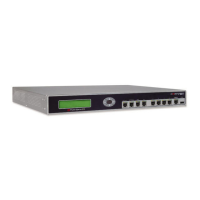
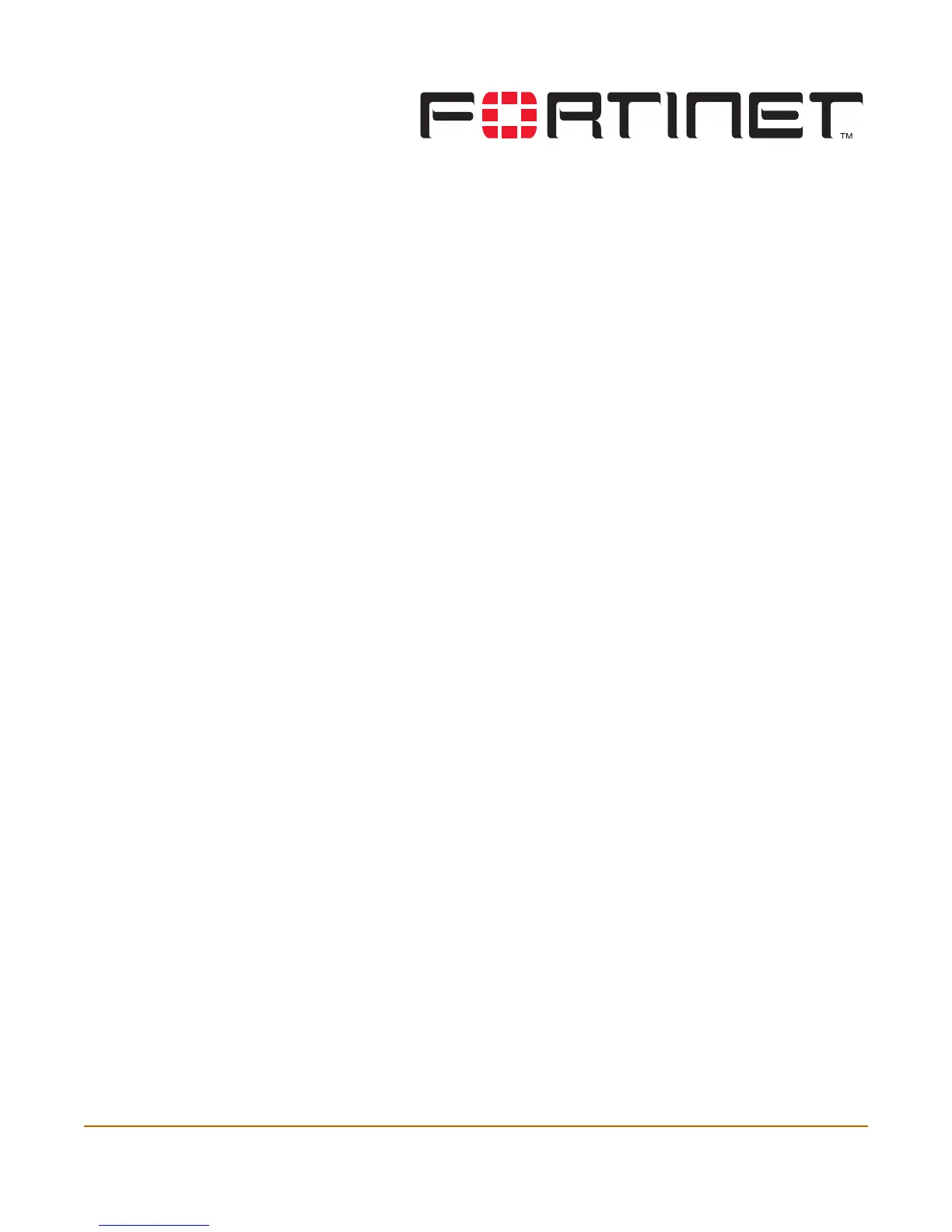